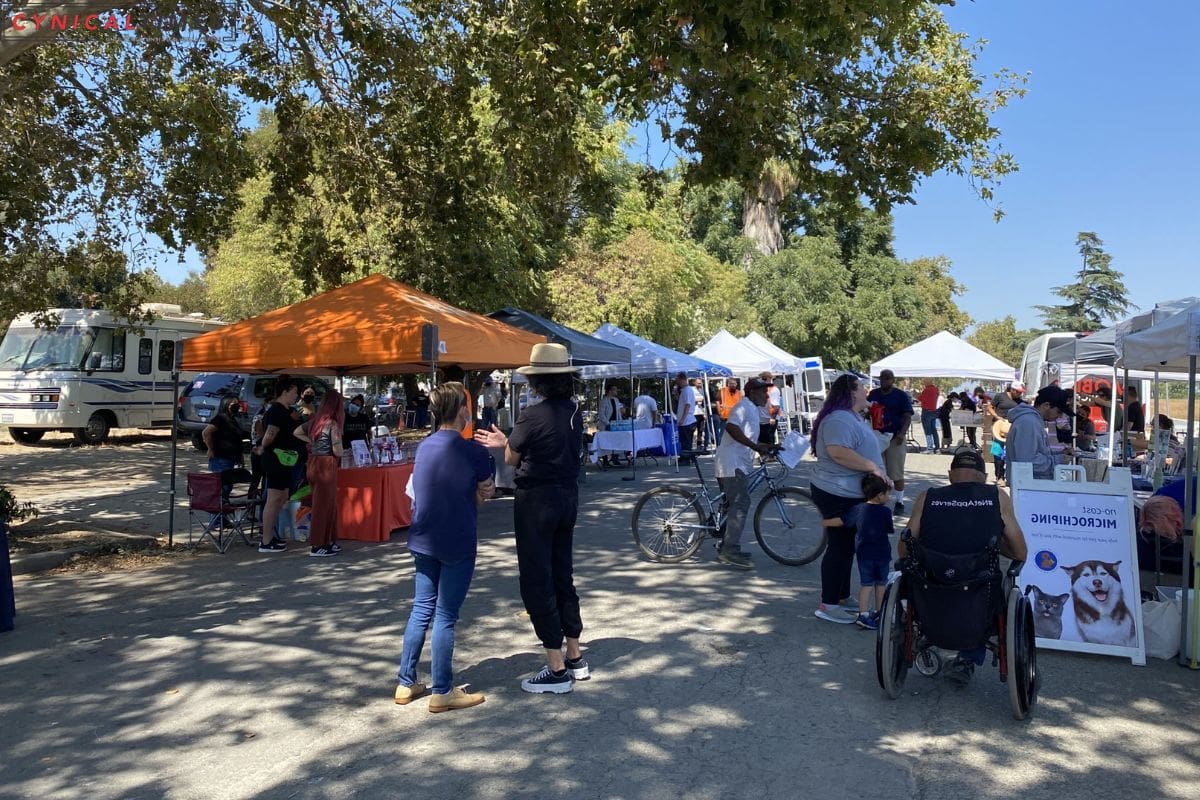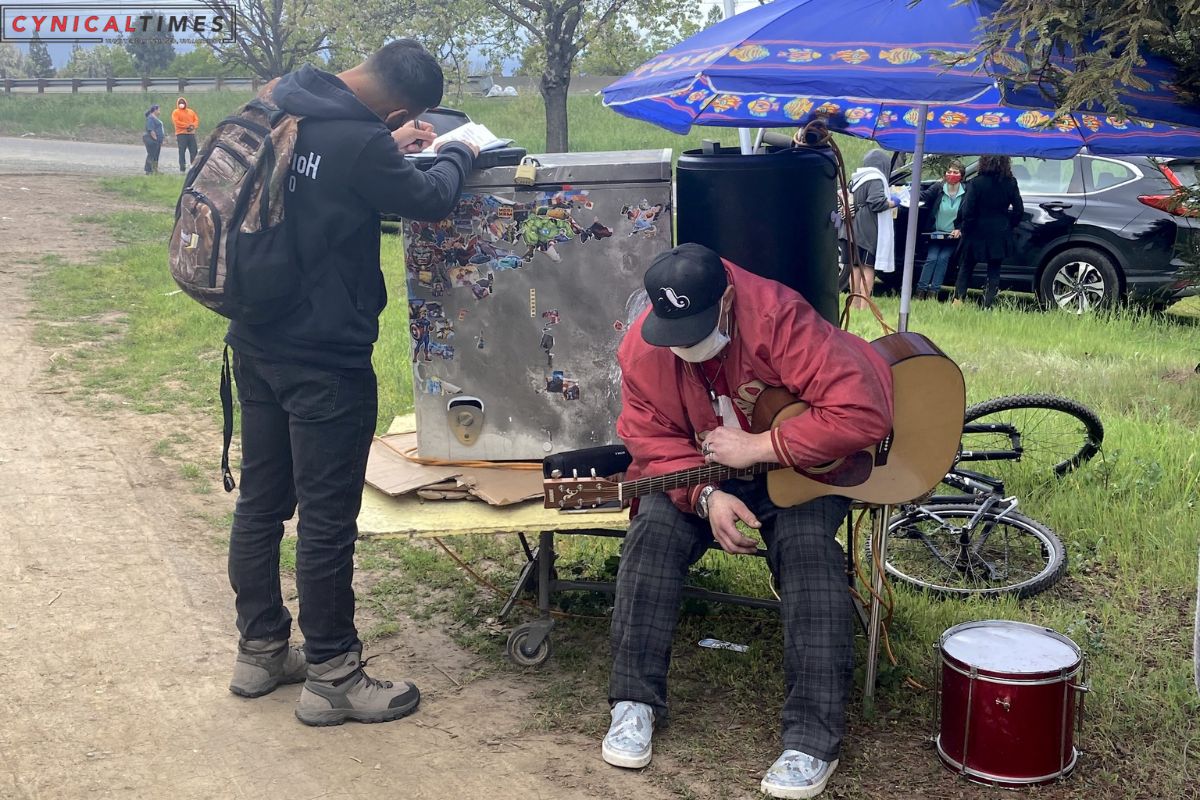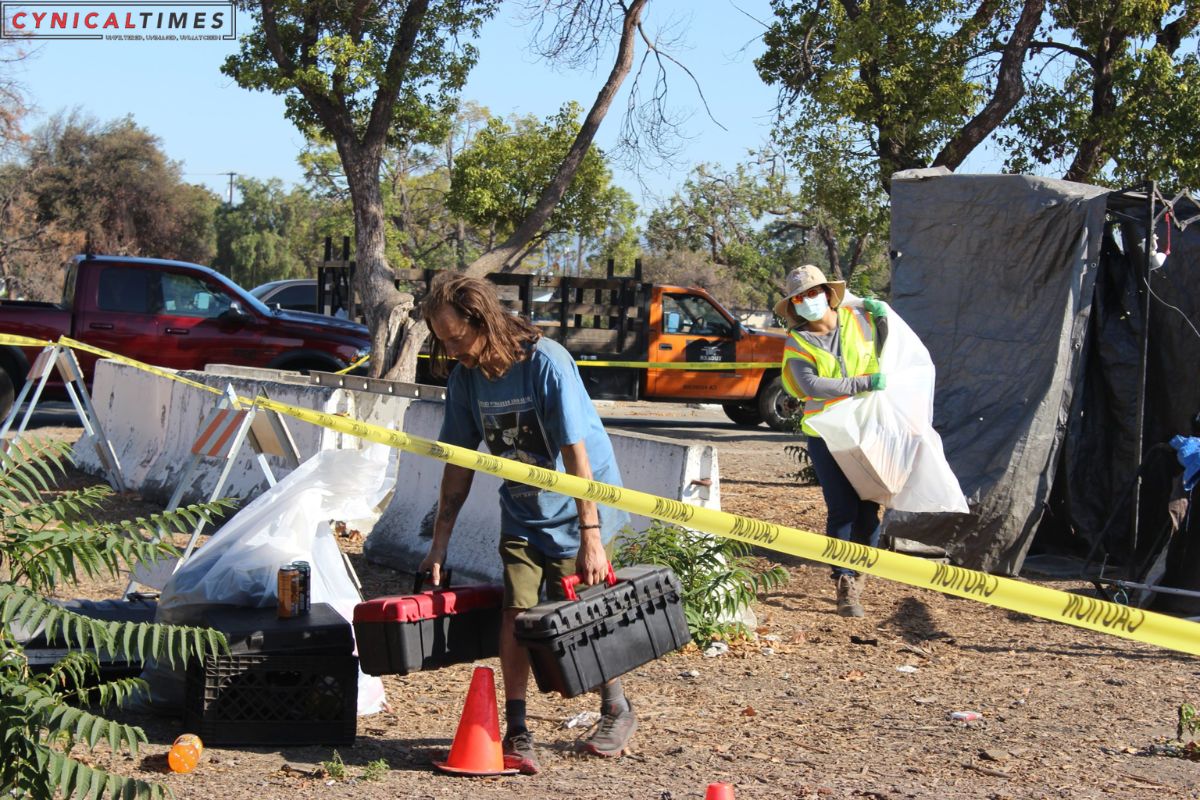Navigating the Homeless Challenge: Mary Cruz Resendez has faced the trials of living on and off the streets of San Jose since 2008. For the past eight months, she has called Four Corners, an encampment of around 40 individuals at the junction of Monterey Highway and Capitol Expressway, her home.
Despite struggling with addiction for years, Resendez is now on the path to recovery. She’s attending school with the goal of becoming a drug counselor. However, the battle against homelessness persists.
In her words, “We’re not all bad people. I’m making something of my life, but it’s a journey that takes time. It’s not like I want to be out here.”
On October 23, time was against Resendez. Without her consent, the city removed her trailer and its contents during a multi-day operation to clear out Four Corners, located on county land.
Resendez strongly objects to this action, stating, “That was uncalled for. My trailer wasn’t trash, but it was discarded.”
The decision to clear out Four Corners was made with the county’s consent. Conditions at the encampment had deteriorated, marked by recent tragic events, including a homicide, suicide, overdoses, and arson. During the sweep, a significant structure within the encampment was reduced to ashes.
As of October 30, San Jose had cleared 232 encampments, though it’s worth noting that nine fewer sweeps occurred compared to the previous year, and there were 20 more than in 2021. Unfortunately, the city doesn’t maintain records of the number of individuals affected by these clearances.
The city had clearance conditions, including making reasonable efforts to provide shelter and other services to those affected. A few individuals from Four Corners were connected to services, such as interim housing and ongoing case management. However, approximately 31 individuals were left without assistance or a place to go out of the approximately 40 residing at the site during the sweep.
San Jose’s housing department reported a scarcity of available shelter beds, with over 200 people waiting for placement in supportive housing. Resendez disclosed that she owns an RV that no longer functions, leaving her with no alternative.
Also Read: Honoring Organ Donor Legacy: Hearts of Heroes
She questions the support provided, saying, “What help can they offer us when there’s nothing to offer? Where can we go on such short notice?”
While the city posted notices for the Four Corners residents on October 13, these notices were taken down by October 16. Resendez believes that a two-month notice would have been more reasonable, allowing people with various circumstances to prepare for the transition.
Homeless advocate Gail Osmer, who provides support to those in need at Four Corners, expressed her disappointment in the city’s handling of the situation. She emphasized the need for the county to follow through with the city’s commitment to provide shelter and supportive services.
San Jose Mayor Matt Mahan has proposed the introduction of safe sleeping sitessupervised outdoor living spaces with support servicesas an addition to the city’s ongoing initiatives to address homelessness.
Mahan underscored the urgency of the situation, stating, “Our homeless neighbors are losing their lives in unmanaged encampments. We currently have a long waitlist for interim shelter, which underscores the need to expand immediate alternatives to encampments.”
Our Reader’s Queries
What is the leading cause of homelessness in America?
Homelessness is a major issue in the United States, and addiction is the leading cause of it in 68% of cities. This alarming statistic highlights the urgent need for effective solutions to address addiction and its devastating impact on individuals and communities. It is crucial to provide support and resources to those struggling with addiction to prevent them from becoming homeless and to help them rebuild their lives. By addressing addiction, we can make significant progress in reducing homelessness and improving the well-being of our society.
Who is most at risk for homelessness?
It’s a harsh reality that young Black people face an 83% higher risk of homelessness compared to their white peers. Similarly, young Hispanic individuals have a 33% greater chance of experiencing homelessness than their white counterparts. The LGBTQ community is also disproportionately affected, with youths being more than twice as likely to become homeless than other young people. These statistics highlight the urgent need for action to address the systemic issues that contribute to homelessness and ensure that everyone has access to safe and stable housing.
Can your Sim be homeless?
Adding homeless Sims to your game is definitely possible! In fact, I have some custom townies that I was hoping to see running food stalls and other activities in my game. With a little creativity and some custom content, you can easily bring new life to your Sims’ world. So why not give it a try and see what kind of unique experiences you can create for your Sims?
How do you prepare for homelessness?
To prepare for the possibility of homelessness, it’s important to take certain steps. These include finding financial support, seeking employment, exploring community resources, understanding your housing options, making a long-term plan for financial security, and building a support network. Non-profit organizations, health clinics, and hospitals can also be valuable resources. By taking these steps, you can better prepare yourself for any challenges that may arise and increase your chances of finding stability in the future.



